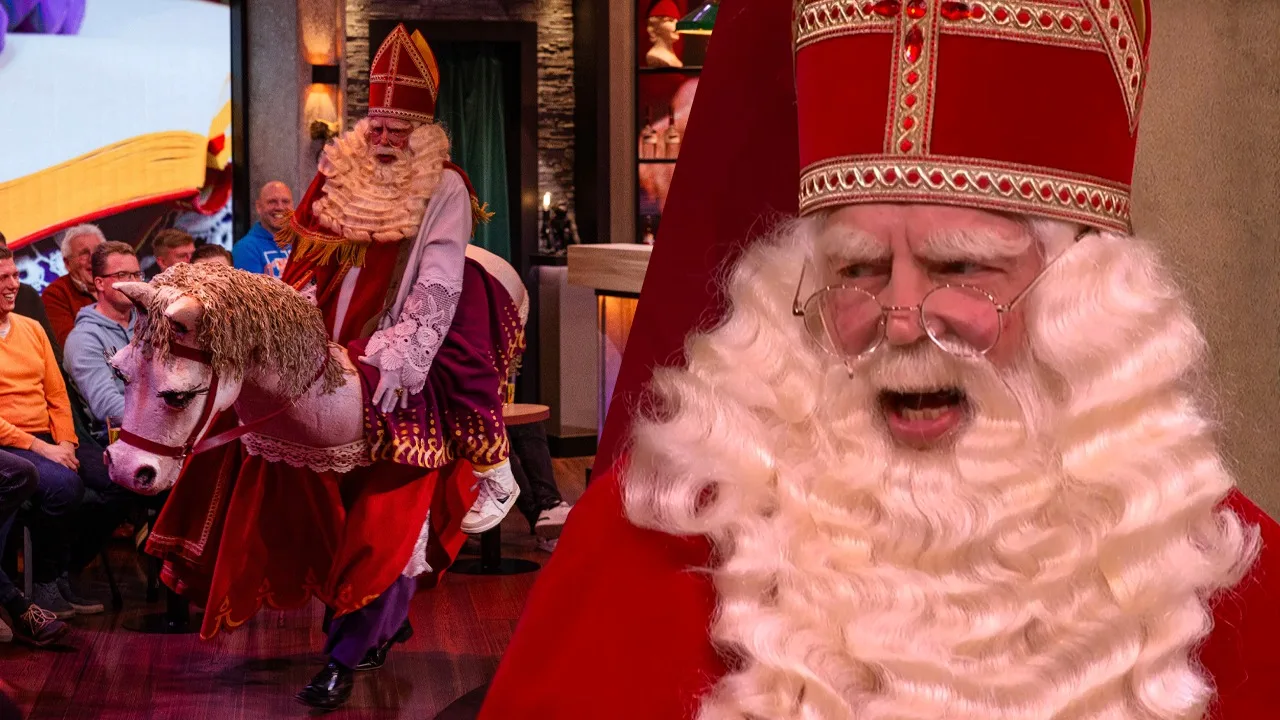
when Horror Yearbook – Sinterclass is often celebrated as a beloved holiday tradition, enchanting children and families across many cultures. However, behind the joyful façade lies a complex story filled with controversy and unexpected realities. The origins of Sinterclass stretch back centuries, mixing folklore, religion, and historical events into a unique cultural phenomenon. Over time, the tale has evolved, adapting to changing societal values and political climates. Many aspects of Sinterclass remain unknown or deliberately obscured, creating an intriguing mystery that invites deeper exploration. This tradition’s darker side involves debates over its symbolism, inclusivity, and the consequences of commercializing a cultural myth. By examining these elements, a clearer understanding emerges of why Sinterclass continues to spark passionate discussions and differing opinions around the world.
The story of Sinterclass traces its roots to a blend of myth and history, with various regions claiming different origins. This festival is closely linked to the figure of a generous gift-bringer, who rewards good behavior in children. However, the celebrations have also faced criticism for perpetuating outdated stereotypes and sometimes including elements perceived as frightening or exclusionary. In recent years, many communities have debated how to modernize Sinterclass while respecting its heritage. Activists and cultural critics argue that the tradition sometimes neglects marginalized voices and fails to reflect diverse family structures and beliefs. Despite these challenges, the core narrative of Sinterclass remains deeply embedded in cultural identity and childhood memories. Understanding these tensions reveals why changes have been slow and contentious. Sinterclass, therefore, stands as both a cherished tradition and a symbol of ongoing social negotiation.
“Read about: Who Is Lucifer? Secrets They Don’t Want You to Know!”
Commercial forces have played a significant role in shaping how Sinterclass is experienced today. What once began as a modest cultural practice has grown into a lucrative industry involving toys, decorations, and festive events. This commercialization has led to widespread awareness and participation but also to critiques of materialism overshadowing meaningful celebration. Marketing campaigns often emphasize consumerism rather than the original spirit of generosity and community. Children’s experiences sometimes revolve more around receiving gifts than understanding the tradition’s cultural significance. The pressure to purchase the latest products creates financial strain for families and shifts the holiday’s focus. Nonetheless, many businesses continue to capitalize on Sinterclass, fueling a cycle of increased demand and commercialization. Balancing economic interests with cultural preservation remains a challenge for societies worldwide.
“Read more: Explosive Power Made Easy: Boost Your Performance with These Plyometric Workouts”
In recent times, efforts have been made to make Sinterclass more inclusive and respectful of diverse cultural perspectives. Communities are reexamining the tradition to ensure it embraces values of kindness, acceptance, and cultural sensitivity. Educational programs and public discussions promote awareness about the festival’s history and encourage respectful adaptations. Some places have introduced alternative characters or stories to reflect contemporary social values. These changes aim to create a welcoming atmosphere for all participants, regardless of background. Additionally, grassroots movements encourage thoughtful reflection on consumer habits and the meaning behind celebrations. While some purists resist altering the tradition, the ongoing dialogue reflects society’s evolving understanding of cultural heritage. Embracing this dialogue helps transform Sinterclass into a celebration that honors both its past and the diversity of today’s communities.